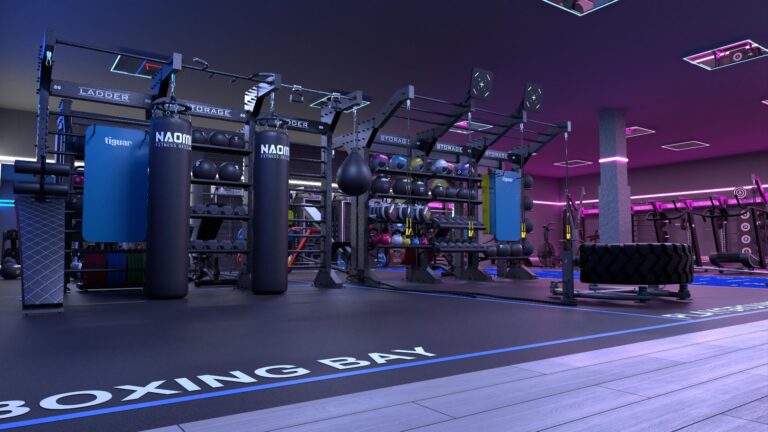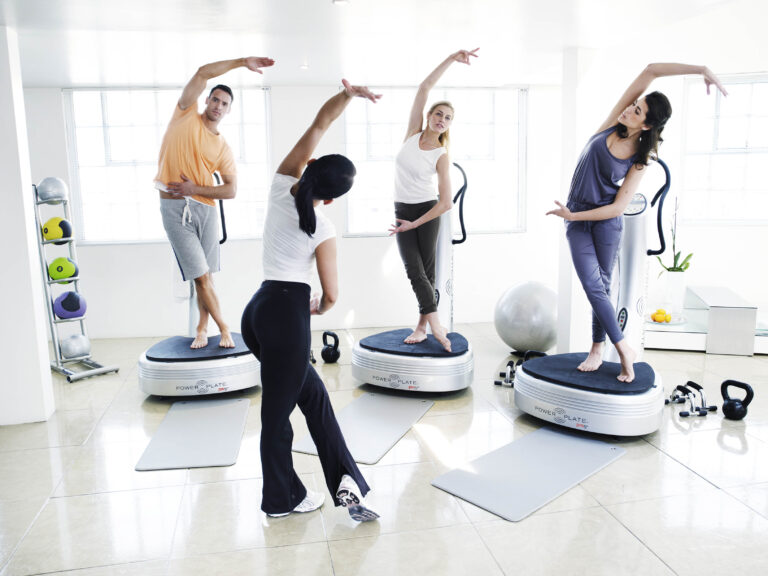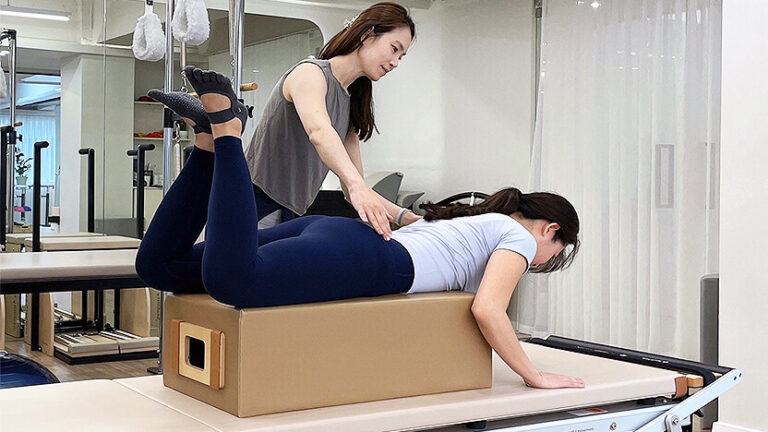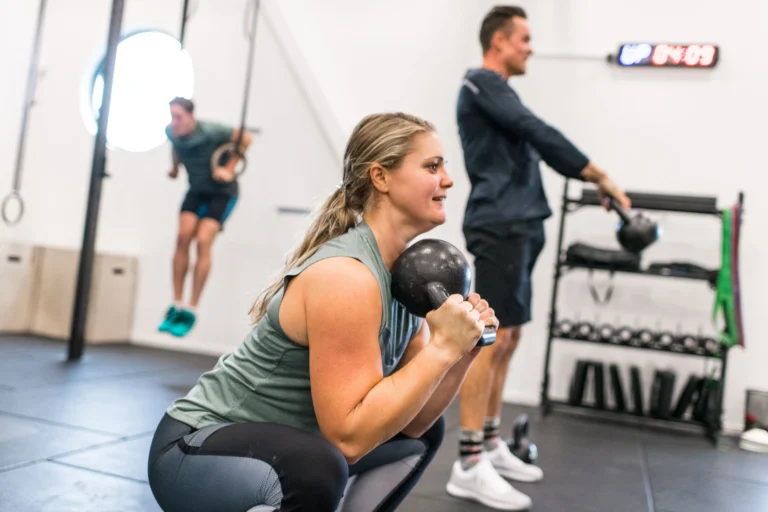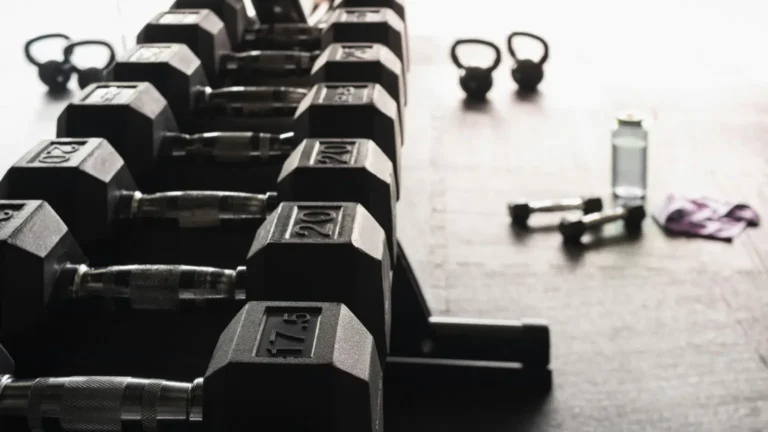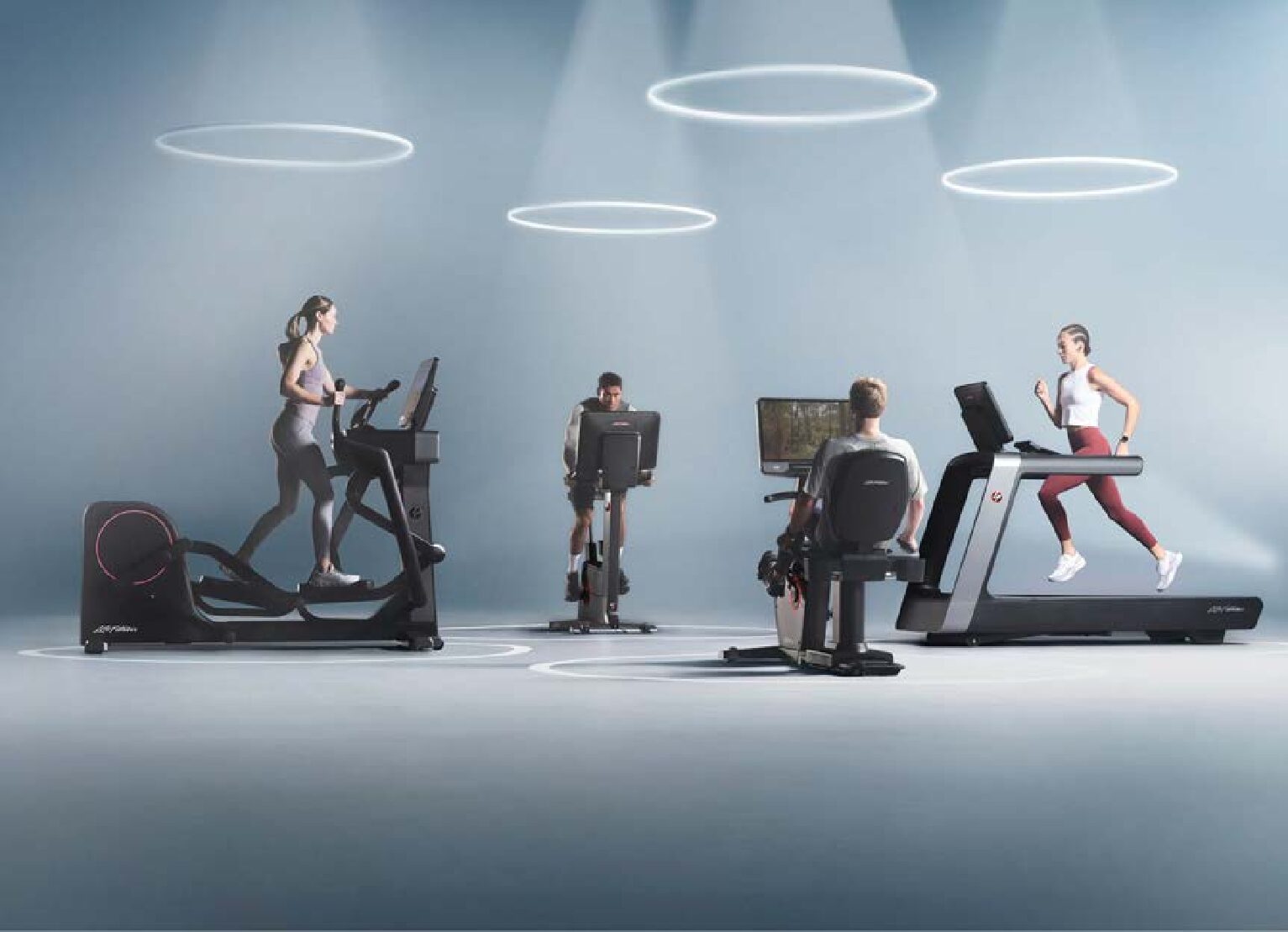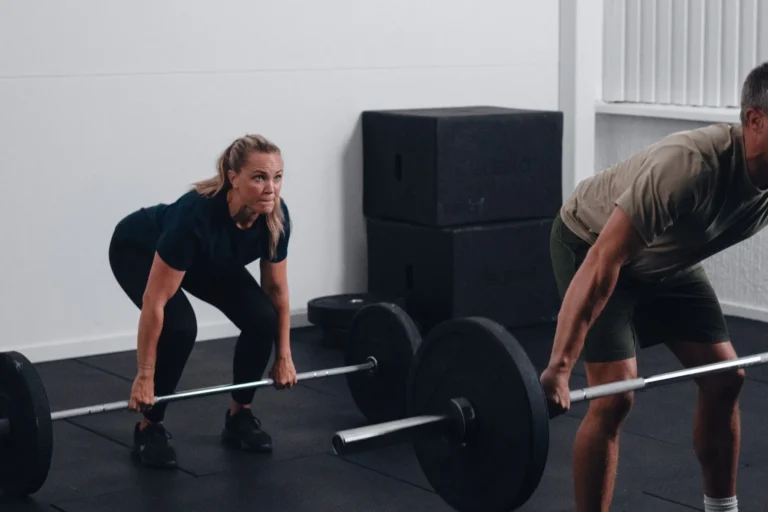The Benefits of Pilates: Achieving Physical and Mental Wellness
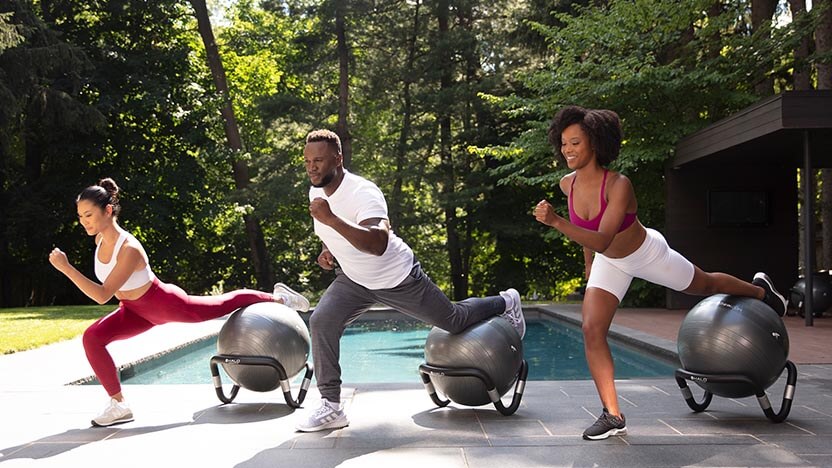
Pilates, a time-honored exercise method with a rich history spanning over a century, has taken the fitness world by storm. Loved by millions around the globe, Pilates has transcended its origins as a favorite of dancers and athletes, capturing the hearts of people from all walks of life. With its unique fusion of strength, flexibility, and mindfulness, Pilates offers a holistic approach to fitness that delivers exceptional results.
Why Pilates?
Pilates has become the go-to workout for those seeking a balanced and harmonious body, from improving core strength and posture to enhancing flexibility and promoting mental well-being.
It’s not just the everyday fitness enthusiasts who have embraced Pilates; athletes, celebrities, and wellness gurus swear by its transformative power. Join the Pilates movement and experience the countless benefits that have made it a global sensation. Ignite your inner strength and unlock your full fitness potential with Pilates – the workout that’s changing lives, one movement at a time.
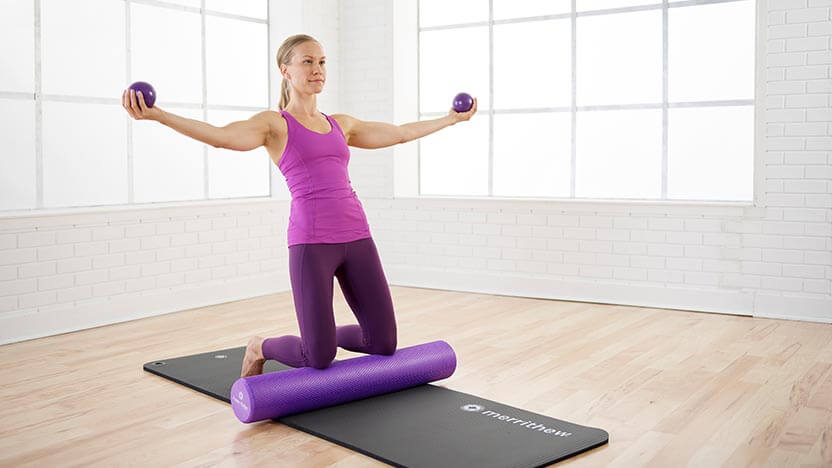
“The versatile nature of Pilates fosters emotional well-being, helps improve muscle strength and mobility, has injury prevention benefits and the list goes on. This is one of the main reasons why more people are incorporating a holistic workout like Pilates into their routines.” – Vuttichai Suttichupiboon, the founder of Malaya Pilates, Thailand
What are the health benefits of Pilates?
Pilates offers a plethora of benefits for physical and mental well-being. Research has shown that regular Pilates practice can improve overall fitness, posture, and body composition. Who doesn’t want that?
Additionally, studies have indicated significant improvements in cardiovascular health, increased lung capacity, and enhanced circulation among Pilates practitioners.

Stress reduction and mind-body connection
Pilates plays a vital role in reducing stress levels and promoting mental clarity. By incorporating controlled breathing techniques and focusing on precise movements, individuals experience a heightened sense of relaxation and mindfulness. As a result, Pilates contributes to improved sleep patterns and reduced symptoms of anxiety and stress.
Chronic back pain often goes hand in hand with stress and tension. Pilates not only addresses the physical aspects of back pain but also focuses on the mind-body connection. Through controlled and mindful movement, Pilates makes you feel energized by connecting with your body on a deeper level.
Strengthen and tone muscles
One of the primary benefits of Pilates is its ability to strengthen and tone muscles throughout the body. Unlike traditional weightlifting exercises that primarily target isolated muscle groups, Pilates engages multiple muscle groups simultaneously, providing a holistic approach to strength training.
The core muscles, including the abdominals, back, and pelvic floor, are particularly emphasized during Pilates sessions, leading to improved stability, balance, and overall muscular strength.

Moreover, Pilates helps develop long, lean muscles without adding bulk. This aspect makes it an ideal exercise for individuals who prefer a lean and sculpted physique, rather than a heavily muscular appearance. Pilates promotes a balanced and well-proportioned physique by focusing on muscle lengthening and controlled movements.
Pilates is for everyone
Regardless of your age or gender, Pilates is one of the most effective exercises for you if you want to improve your body’s movement efficiency and decrease the risk of injuries.
“Pilates helps older adults maintain their hobbies and stay active, which makes them happy. Additionally, they can carry shopping bags, go up and down stairs, and cook without any difficulty, which prevents the risk of injury, illness, or hospitalization.” – Yoko Yasui, Merrithew® Instructor Trainer
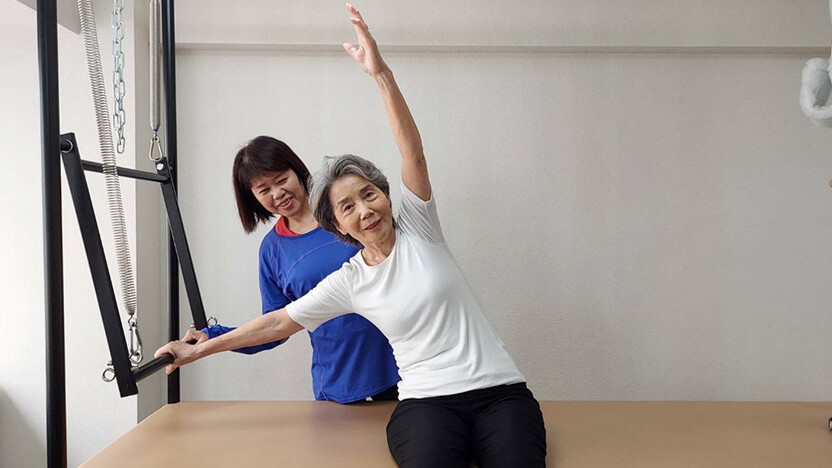
It enhances flexibility, joint mobility, and range of motion, allowing for more fluid movements in daily activities and sports. Improved flexibility also helps alleviate muscle imbalances and correct postural issues, reducing the likelihood of strains, sprains, and other musculoskeletal injuries.
Improved core strength and stability
One of the fundamental principles of Pilates is developing a strong core. By engaging the deep abdominal muscles, Pilates exercises help stabilize the spine and pelvis and relieve back pain compared to other workouts.
A strong core provides the support needed for proper alignment, relieving pressure on the back muscles and promoting better posture.
Enhanced flexibility and range of motion
There is a reason why dancers swear by Pilates. It incorporates a wide range of exercises that focus on improving flexibility and increasing the range of motion in the spine.
Pilates exercises helps release tension and tightness, allowing for greater freedom of movement. It involves gentle stretching and elongating the muscles surrounding the back. With regular practice, you’ll notice increased flexibility that can prevent future back injuries by promoting better body mechanics.
”With Pilates, our aim is to progress you through a series of body weight and spring resistance exercises that will challenge and improve your balance, mobility, core strength, and dynamic stability. It will help you work on muscle strength and fluidity rather than feeling sore.” – Lisa Kaye, Merrithew Instructor Trainer
Postural alignment and awareness
Poor posture is a leading cause of back pain. Pilates emphasizes postural alignment, teaching you to become more aware of your body and its alignment throughout the day.
By correcting imbalances and retraining the muscles to support proper posture, Pilates helps alleviate strain on the back, reducing pain and promoting a more aligned and balanced body.

Additionally, Pilates promotes better body awareness and proper alignment, enabling individuals to move with precision and control. It creates a solid foundation for optimal movement patterns, reducing the strain on joints and enhancing overall performance.
Injury rehabilitation and prevention
Pilates is widely recognized for its rehabilitative benefits. This workout can be a valuable tool to recover from a back injury or prevent future ones.
With its low-impact nature and focus on controlled movements, Pilates provides a safe and effective way to strengthen the back muscles, improve flexibility, and promote proper alignment, reducing re-injury risk.
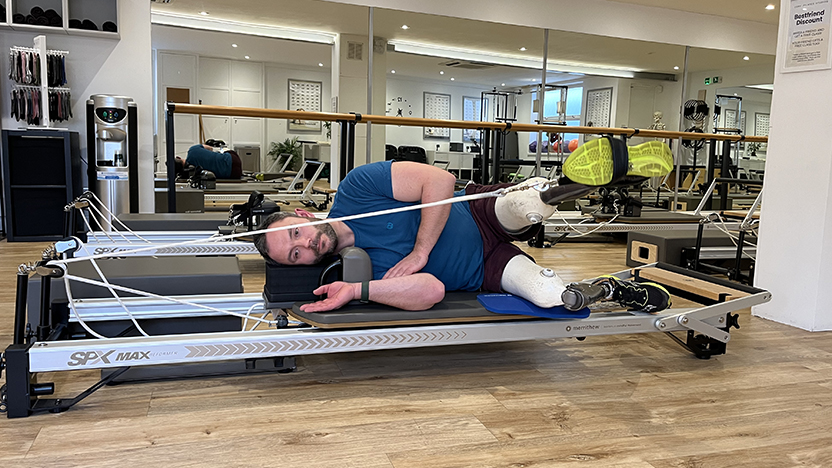
“My life wouldn’t be the same without Pilates. It keeps me strong and flexible and makes everything easier. The best part is that Pilates is enough on its own. I don’t add any extra training or exercise to feel this way.”– Alex Dainty, STOTT PILATES® practitioner (double above-knee amputee)
Ready to join the mindful movement revolution?
Pilates offers a wide array of benefits for fitness enthusiasts seeking to improve their physical and mental well-being. From the physical advantages of stronger muscles and enhanced flexibility to the mental benefits of reduced stress and increased mindfulness, Pilates stands out as a holistic exercise practice.
By incorporating Pilates into your fitness routine, you can experience improved body composition, enhanced movement efficiency, and a profound sense of overall wellness.
The best part? You can do Pilates anywhere! You don’t always need an equipment or a Reformer, there are so many effective Pilates mat workouts that you can try at home too.
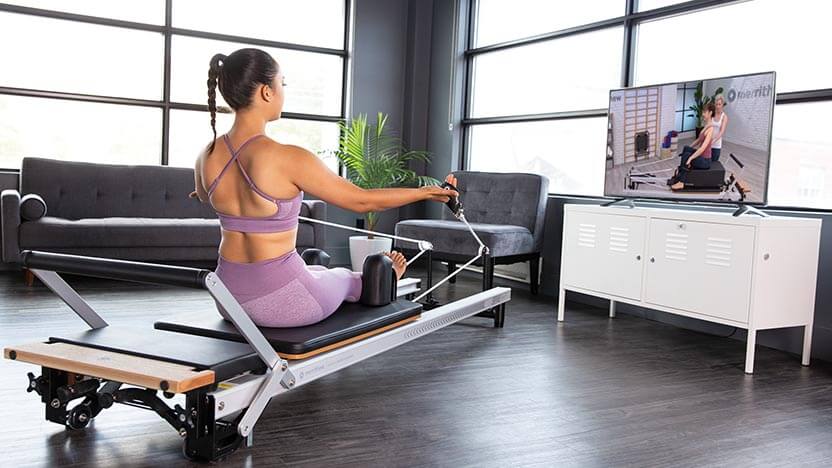
Source: https://www.merrithew.com/blog/post/2023-06-20/the-benefits-of-pilates-achieving-physical-and-mental-wellness
